The Chinese have always been a great influence in our culture–from our traditions, practices, and, still evident today, our food. In our kitchens we’re sure to have most of these Filipino-Chinese ingredients. If you don’t, then you might a well get to know these must-have products to flavor your everyday dishes.
Soy Sauce
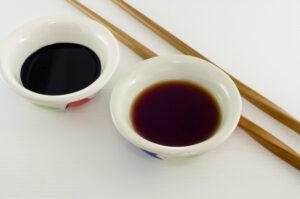
Soy sauce or toyo is integral to Fil-Chi cooking. It enriches the flavor of dishes and adds a salty-savory taste to mixes, dips, marinades, soups, marinades, and stir-fries. It’s also fantastic on braised dishes, grilled meats, roasts, and stews. There are two kinds of soy sauce in general: light and dark. To differentiate the two: regular or light soy sauce has a milder taste. This is often used for pancit, inihaw marinades, and dipping sauce like toyomansi. Dark soy sauce, on the other hand, is richer and carries a depth of flavor, perfect for dishes like Beef Pares, meat-based adobo, and humba. It also gives them a darker and more savory color. The variation of soy sauce is also expansive, ranging from sweet to smokey and even a hint of bitterness.
Five Spice Powder
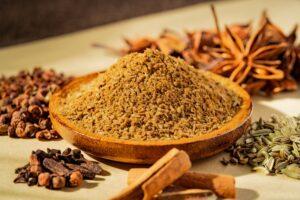
Star anise, cloves, fennel seeds, Sichuan peppers, and cinnamon are the components that make up a five-spice powder blend. Each ingredient corresponds to the five traditional Chinese elements in cooking: sweet, sour, spicy, savory, and salty. Since the five-spice mix is potent in aroma and taste, it is often added to dishes with fatty protein such as duck, goose, and pork. It’s sometimes used as a spice rub and added to breading for fried foods. A popular Pinoy dish that uses five spice oowder is Ngohiong, a Cebuano fried spring roll made of pork, shrimp, and heart of palm.
Shaoxing Wine

This special cooking liquid is one of the most used ingredients in Chinese cuisine. It is made from rice, fermented and processed extensively, resulting in its complex and sweet taste. It is used to season and add depth to soups, stews, broths, and sauces. While it may be considered wine, its function is just for cooking and not for drinking.
Black Vinegar
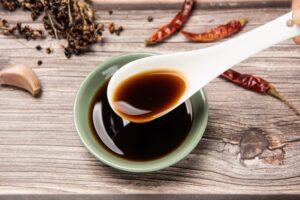
Compared to white distilled vinegar, black vinegar brings a different kind of sourness and complexity to the dishes it is used in. It has hints of licorice and malt, a certain kind of umami, and an aroma that elevates a dish. One popular use of black vinegar is as a dipping sauce together with shreds of ginger for Xiao Long Bao. For Pinoy dishes, use it for marinades, sauces, barbecues, and braised dishes like paksiw.
Sesame Oil
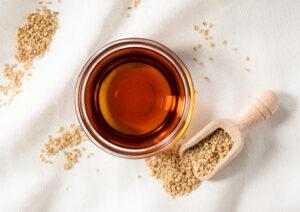
With a low smoking point, this edible oil is not really for frying but rather a great addition before and after cooking. Sesame oil is your best friend for stir-fries, marinades, dressings, and cold appetizers. It has a distinct nutty fragrance and comes in toasted and non-toasted varieties. Drizzle it over chicken or beef mami, noodles, vegetable stir-fries, dim sum, and steamed fish. Due to its pungency, it’s best to measure its use, or else the sesame oil might overpower the dish.
MSG
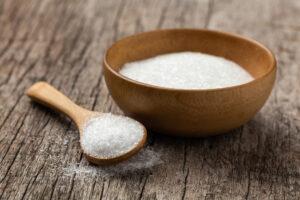
MSG or monosodium glutamate is the sodium salt of glutamic acid, a common amino acid, which can be naturally found in umami-rich food like tomatoes, Parmesan cheese, and mushrooms. This flavor enhancer is the secret ingredient of many restaurants, and when used wisely, it can effectively elevate even the simplest of food. Unfortunately, its use in Chinese cuisine is still surrounded by unfounded and dated misconceptions. In truth, the correct usage of the MSG is encouraged. A little amount goes a long way, so if you want to add some oomph to your savory sauces, stocks, stews, soups, and stir-fries, then sprinkle a bit of MSG for a much-needed flavor boost.
Wonton Wrappers
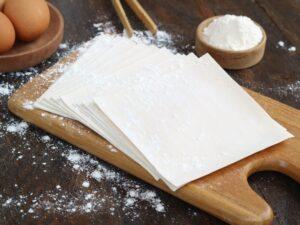
If you prefer convenience when making dumplings, go for ready-made wonton wrappers that are easily available in groceries and supermarkets. Like homemade wrappers, they’re versatile and can be boiled, steamed, and fried. Take note, though: Molo wrappers are entirely different since they’re thinner and cut into squares, so look for the ones that are a bit thicker and round.
Hoisin Sauce
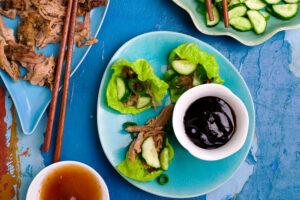
If you often order Peking duck or assorted cold cuts, it is often accompanied by hoisin sauce. This sweet, fragrant condiment is mainly made from fermented soybeans with the addition of other ingredients like sweet potato, sugar, wheat, rice, pepper, vinegar, spices, and preservatives. It is a nice dipping sauce for steamed and fried items and can also be used as a glaze for roasted meat and grilled food.
Baking Soda

Ever wonder why the beef, pork, and chicken slices on Chinese stir-fries remain tender and moist even after being cooked on high heat? The secret is baking soda. Velveting is a tried-and-tested cooking technique in which a mixture of baking soda, egg whites, cornstarch, and oil is marinated in the meat to soften its fibers and keep it juicy while being cooked. Just remember to rinse off the mixture before cooking the meat.
Dried Mushrooms

Shiitake mushrooms are flavor-filled, so drying them intensifies their earthy-savoriness, making them into natural umami bombs. After hydrating them in hot water, you can use the liquid to boost the flavor of stocks and soups and even use it as a base liquid in cooking rice. The rehydrated mushrooms can be then be sliced and added to glass noodles, soups, fried rice, and stir-fries.
Oyster Sauce
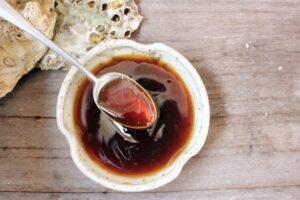
Salty, thick, sweet, and bursting with umami, oyster sauce is an important flavoring in Asian cooking as it brings a unique savoriness to dishes it cooks into. Made from oyster juices and additional seasonings, it works wonders on thick-stemmed vegetables, is a great addition to braised meats and long stews, and is a secret addition in marinades and dumpling mixtures. Pinoy cooking, it’s a crucial ingredient to pancit dishes and Chop Suey.
What other Filipino-Chinese ingredients should every one have in their kitchen? Let us know!
Follow us on Facebook, Instagram, Tiktok, and Youtube for foodie finds, re-imagined recipes, and easy eats that will take Pinoy bellies on an adventure!





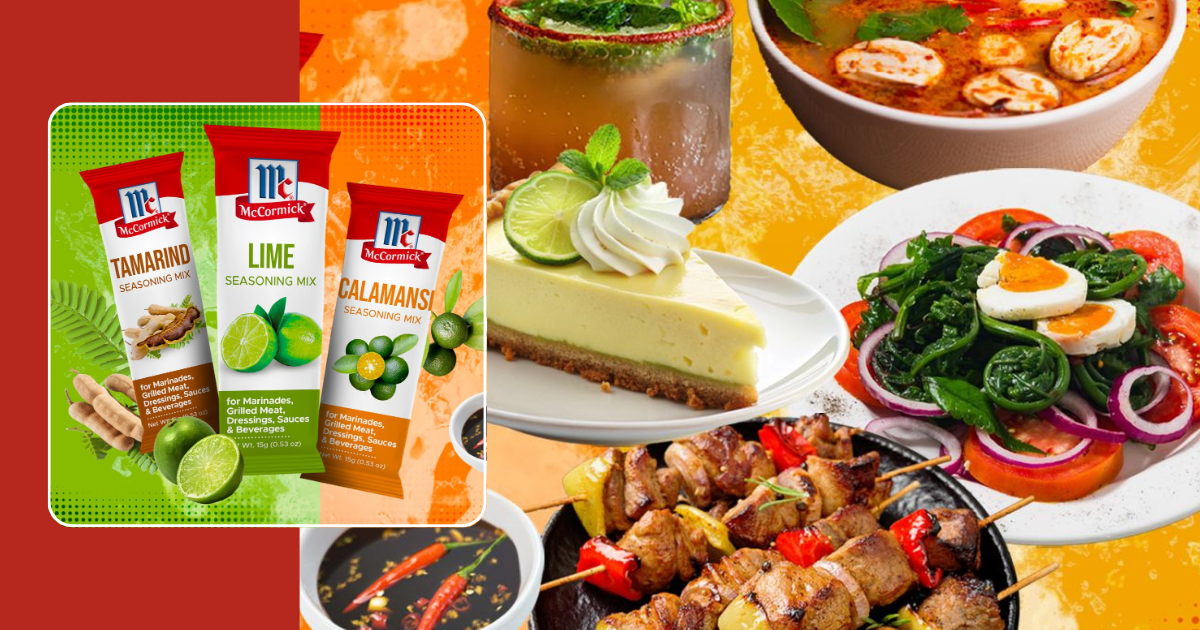
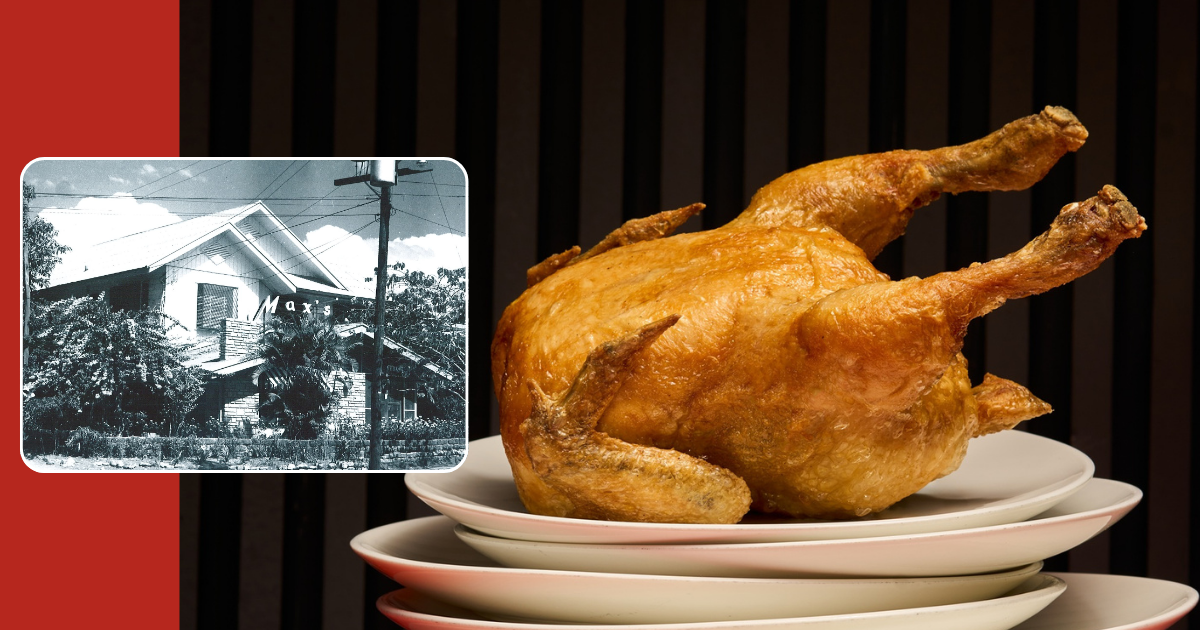
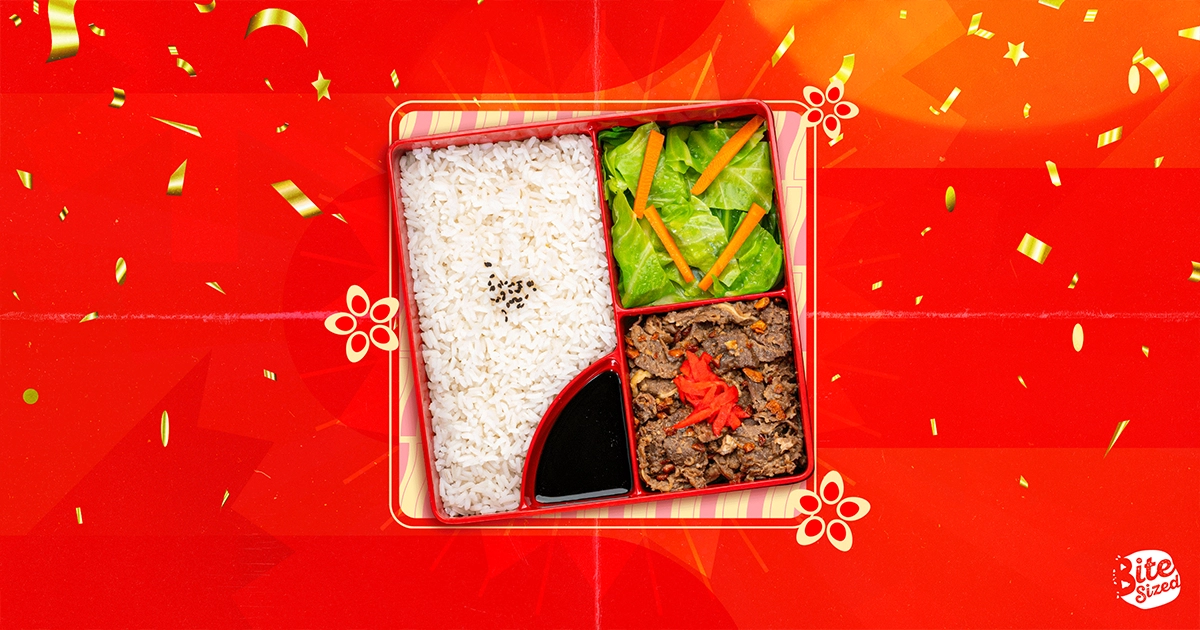
Leave a Reply